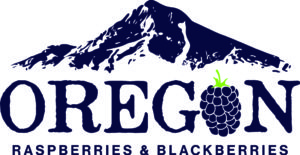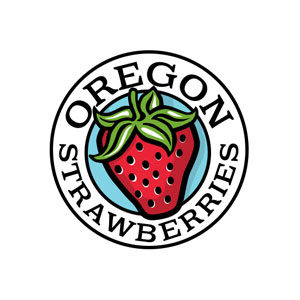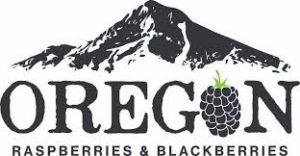Dissecting the cause of reoccurring blueberry shock disease
- Research Status: Project completed 2019-2020






In recent years, there has been an emergence of shock-like disease in previously BlShV-affected fields. The recurring disease has been observed for several years in Oregon and Washington, with disease incidence exceeding 50% in some cases.
Over the last decade, the use of High Throughput Sequencing (HTS) has become more widely used for plant virus detection primarily because of two important attributes lacking in current technologies: 1. The ability to provide information on virus population structure, including virus variants, of a plant in a single test; and 2. detect viruses and viroids that have no known laboratory test, also called novel viruses (Villamor et al., 2019). In this project we have used HTS to examine blueberry plants from Oregon and Washington that exhibited recurring shock disease. The HTS data was analyzed using the virus oriented bioinformatics programrFind (Ho and Tzanetakis 2014). In doing this work a novel luteovirus was discovered in blueberry.
The virus was present in 11/12 blueberry plants analyzed by HTS that exhibited recurring shock symptoms. These 11 plants were also infected with BlShV. The 12th plant was negative for BlShV and for the luteovirus. It is possible there were problems with the nucleic acid extraction in the 12th plant, or that the symptoms were caused by something else. The luteovirus was not detected in two samples that exhibited typical shock symptoms when analyzed by HTS. We also detected the luteovirus in symptomless blueberries in a study to compare traditional testing methods with HTS (Villamor et al., 2021).
Additionally, the luteovirus was found using HTS when analyzing a plant exhibiting bronze leaf curl disease, which was also infected with Blueberry virus A. In testing material from the PNW (62/217) field samples were positive for the luteovirus; the virus was also detected in MI (140/206 samples) and in NJ (114/184 samples). The virus was present in a wide range of cultivars from recently released to older ones. The virus showed considerable variation and efforts are underway to develop primers based on partial sequences of 250 isolates.
Bristow, P.R. and Martin, R.R. 2002. Recovery of plants infected with blueberry shock virus (BlShV). Acta Hortic. 574:85-89.
Ho, T. and Tzanetakis, I.E. 2014. Development of a virus detection and discovery pipeline using next generation sequencing. Virology 471–473:54-60.
MacDonald, S.G., Martin, R.R. and Bristow, P.R. 1991 Characterization of an ilarvirus associated with a necrotic shock reaction in blueberry. Phytopathology 81:201-214.
Martin, R.R and Tzanetakis, I.E. 2018. High risk blueberry viruses by region in North America; implication for certification, nurseries and fruit production. Viruses 10:342.
Villamor, D.E.V., Keller, K.E., Martin, R.R. and Tzanetakis, I.E. 2021. Comparison of high throughput sequencing to standard protocols for virus detection in berry crops. Plant Dis. Online July 2021
Villamor, D.E.V., Ho, T., Al Rwahnih, M., Martin, R.R. and Tzanetakis, I.E. 2019. High throughput sequencing for plant virus detection and discovery. Phytopathology










